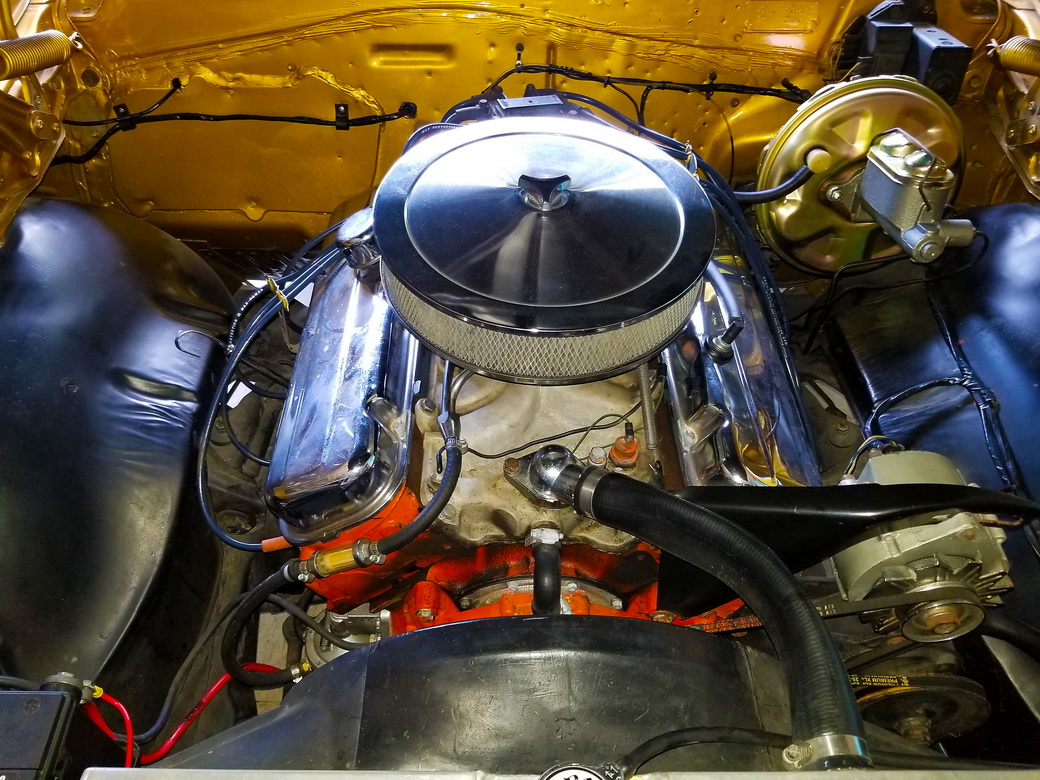
The Thermaflect Sleeve Quick Test: How Our Fuel Line Protective Sleeve Stops Vapor Lock
The summer’s been hotter than a sauna in the seventh level of hell. For anyone with a carbureted engine, that means the risk of vapor lock increased dramatically.
Quick Heatshield Products tech refresher: Vapor lock is when the fuel in your vehicle gets too hot and starts to go from liquid to vapor inside the lines. If your lines are not properly protected with a fuel line protective sleeve, vapor lock will keep the fuel from flowing and leave you stranded, sweating someplace while you wait for the fuel system to cool down.
And fate being a cruel mistress, the odds are that vapor locking issues will not leave you stuck in front of an ice cream shop or a convenience store with one of those nifty ice-cold beer caves. Nope — you’ll usually end up on the side of a road or in the decaying parking lot of an old service station that was last open when Reagan was in office. Not to mention those tacos from lunch are making their triumphant return via your digestive system. Not. Fun.
How Our Fuel Line Sleeves Help Stop Vapor Lock In Its Tracks
Keeping vapor lock from screwing things up on hot days and long cruises is easy. Thermaflect Sleeve™ from Heatshield Products goes over your fuel lines (whether they are steel, rubber or braided) to shield them from damaging engine bay heat that causes vapor lock. Gasoline starts vaporizing at 140 degrees F. As the temperature of the fuel rises, it vaporizes faster. This is all well and good inside the combustion chamber, but inside the fuel lines, it’s trouble. Fuel line protective sleeves deflect heat away from the fuel lines, keeping your lines — and fuel inside them — cooler and your vehicle running smoothly.
To show the difference that a Thermaflect fuel line sleeve makes, we installed it on the main fuel line feeding the carb on a 1967 Chevelle with 402 big-block. We measured the temperatures of fuel line before and after driving the car on a 95-degree F summer day in Florida. Then we let the car cool down overnight, installed our fuel line protective sleeves the next day, and drove the car on the same route at the same time as our baseline drive. The results may surprise you!
Our test subject was a 1967 Chevelle with a 402 big-block under the hood. Originally a big-block in these cars would have had a steel fuel line from the fuel pump to the carb, but this car had the typical rubber fuel hose that most hot rodders use on carburetor-equipped cars.
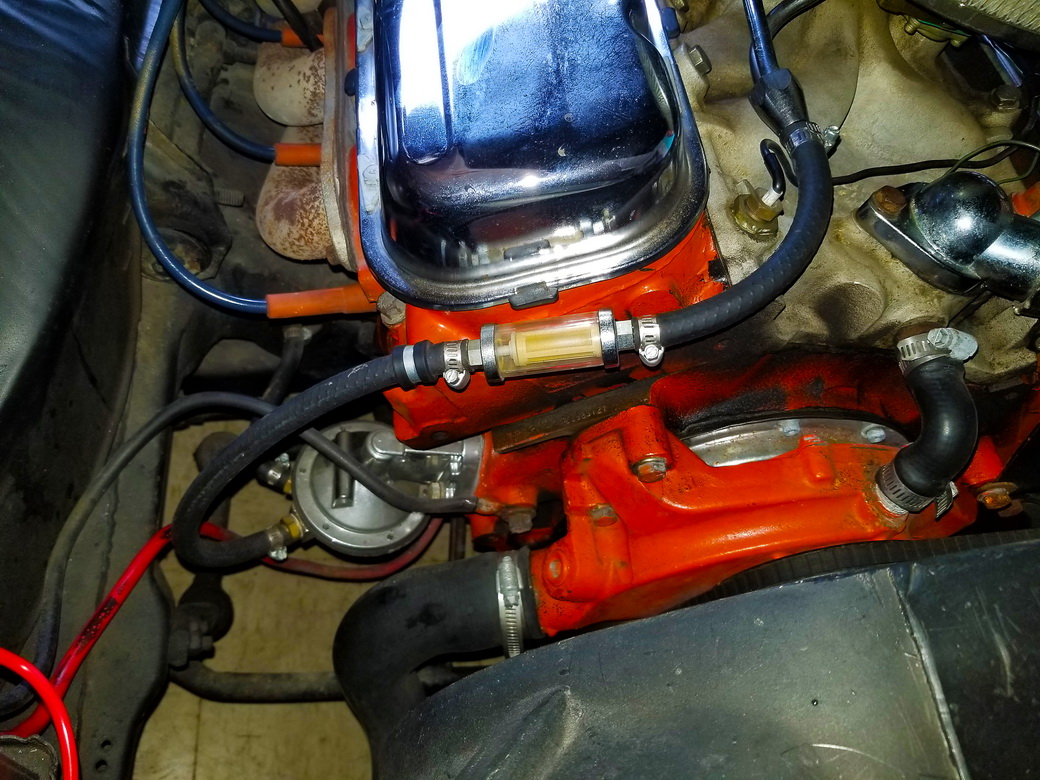
Rubber doesn’t conduct heat like metal – it conducts less heat making it less prone to vapor lock. But, without a fuel line protective sleeve, it can still get hot enough for the vehicle to experience vapor lock.
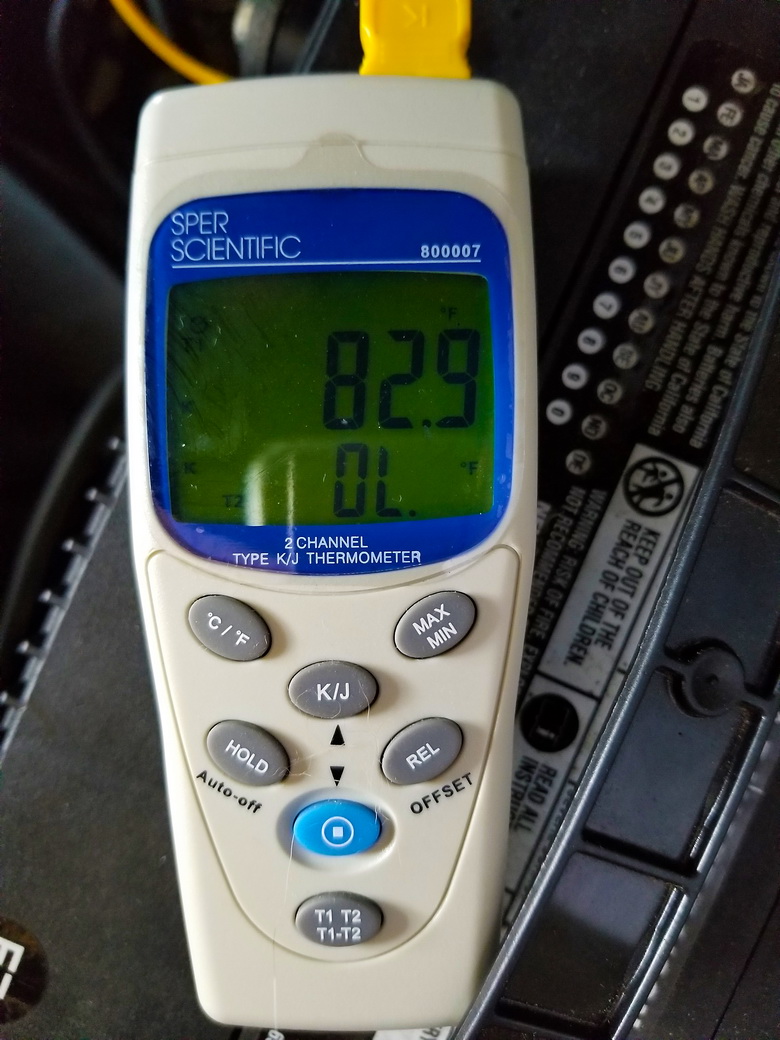
The car had been in a garage all day. When we took this temperature reading of 82.9 degrees as our baseline standard — It was 12:07 and 93 degrees F with a “feels like” temperature of 112 degrees.
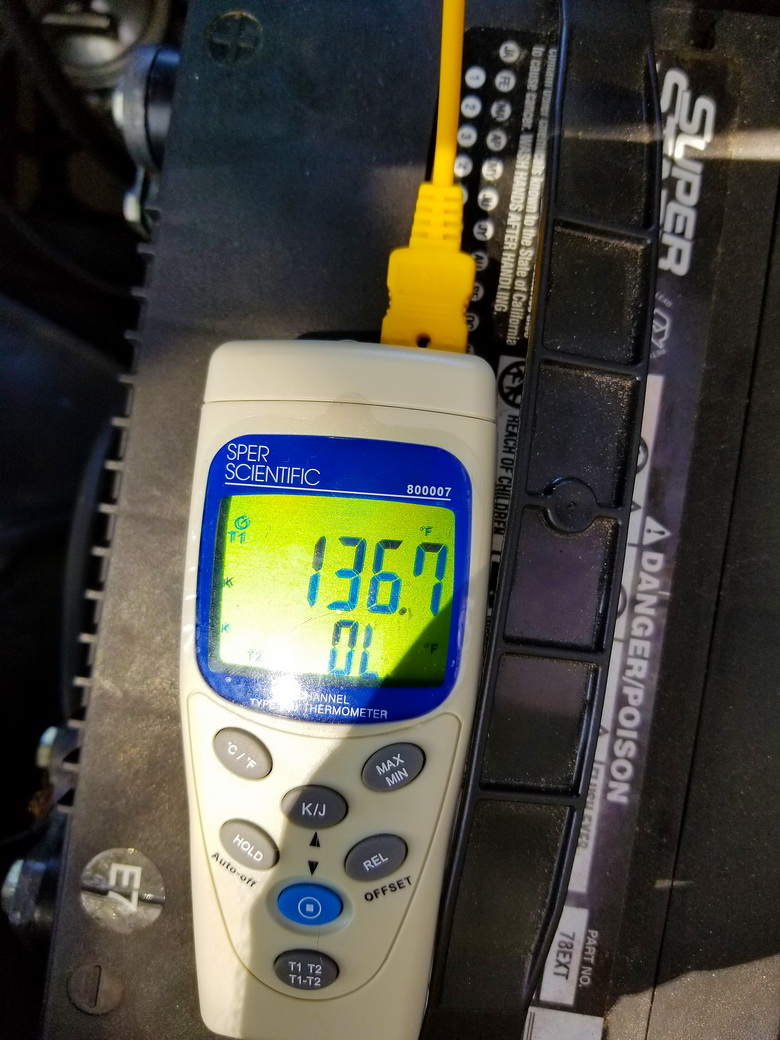
After driving the car to get it up to operating temperature, we checked the fuel line again: 136.7-degrees F. This is just shy of the temperature at which gasoline starts to turn to vapor. This temperature was measured with the engine running and the cooling fan drawing air through the engine compartment. If the car was parked with the hood down and the engine off, the line could still absorb heat, and the temperatures could still go much higher.
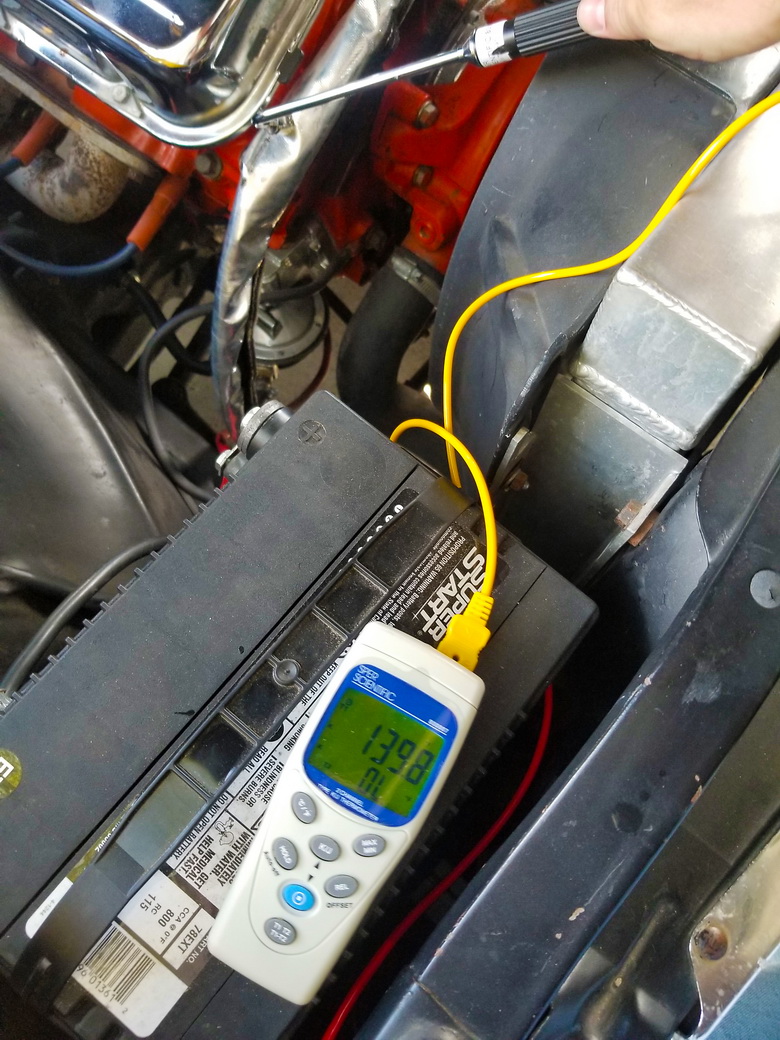
We let the car sit overnight to fully cool off, then came back the next day at the same time for the next test. With the Thermaflect fuel line sleeve installed (an easy process thanks to its high-temp hook and loop fastening system sewn in), we drove the Chevelle just like the day before. The outside of the Thermaflect Sleeve read 139.8-degrees F.
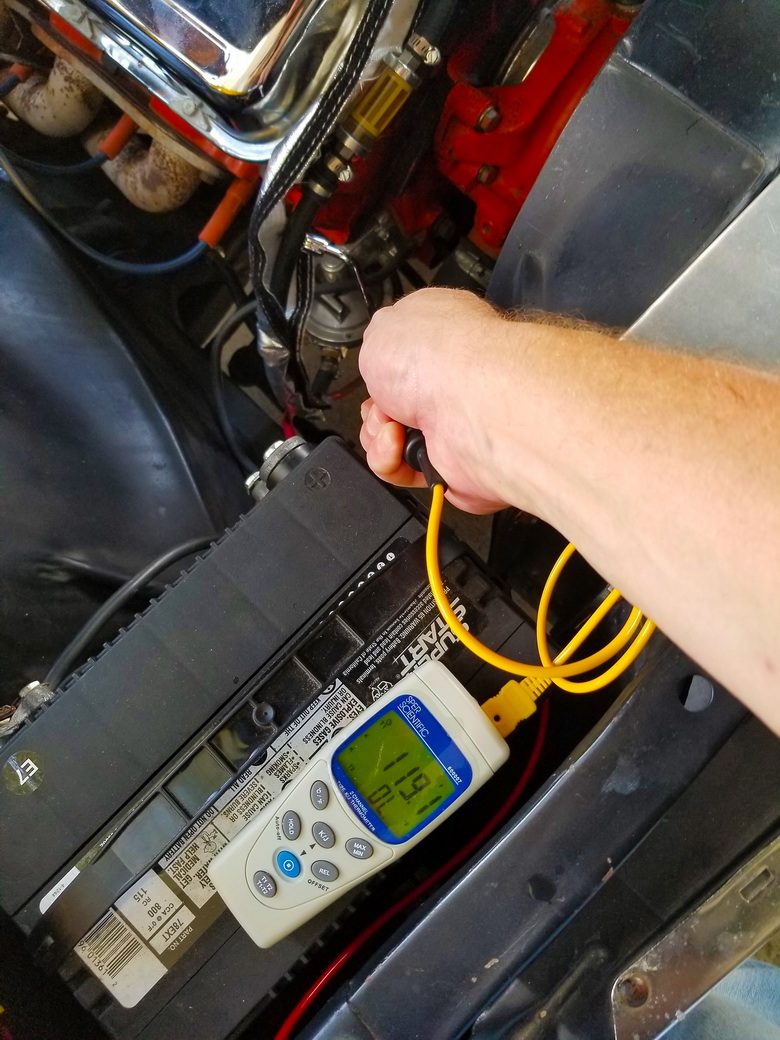
Opening up the Thermaflect fuel line sleeve, the fuel line read only 119-degrees F: 17.6-degrees cooler than the reading without the sleeve. This is also significantly below the 1400-degree mark of vapor-lock trouble. With the fuel line protective sleeve guarding it, the fuel line couldn’t absorb heat when the car was parked. For a car still running the steel fuel lines, this protection would be even more effective because of the thermal conductive properties of metal.
Want to discover other ways to keep vapor lock at bay and keep your ride running cooler? Check out our full line of automotive heat shield and moto heat shield products today!

